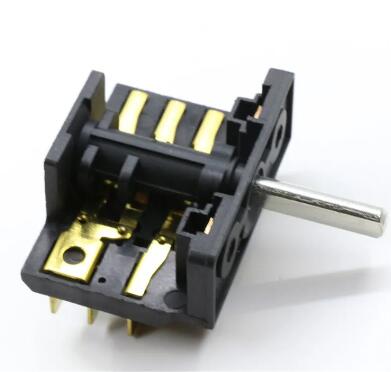Threaded Blind Flange vs. Slip-On Blind Flange: Understanding the Differences
2024-08-22
Flanges are essential components in piping systems, used to connect pipes, valves, pumps, and other equipment. Among the various types of flanges, blind flanges are unique as they are designed to close the end of a pipe or seal off a connection. While both threaded blind flanges and slip-on blind flanges serve similar purposes, they differ in design, application, and installation. In this blog, we’ll explore the key differences between these two types of blind flanges to help you choose the right one for your project.
What is a Blind Flange?
Before diving into the differences, let’s briefly understand what a blind flange is. A blind flange is a solid disk-shaped component that blocks off the end of a pipeline, valve, or fitting. It has bolt holes around the perimeter and is used in piping systems where it’s necessary to stop the flow of fluid or gas. Blind flanges are commonly used in systems that require inspection, maintenance, or extension in the future.
Threaded Blind Flange: Features and Applications
A threaded blind flange, also known as a screwed blind flange, features internal threads that allow it to be screwed directly onto the external threads of a pipe. Here are some key aspects of threaded blind flanges:
1. Ease of Installation: Threaded blind flanges are easy to install without the need for welding, making them suitable for systems where welding is impractical or undesirable.
2. Reusability: Since they can be unscrewed and reattached, threaded blind flanges are reusable, offering flexibility in piping systems that may require frequent disassembly.
3. Applications: Threaded blind flanges are commonly used in low-pressure and non-critical applications, such as in water supply systems, plumbing, and small-scale industrial processes. They are ideal for areas where welding could create a hazardous environment, such as in explosive atmospheres.
4. Material Compatibility: Threaded blind flanges are available in a range of materials, including stainless steel, carbon steel, and alloys, making them versatile for different piping systems.
Slip-On Blind Flange: Features and Applications
A slip-on blind flange, on the other hand, is designed to fit over the outside of a pipe and is then welded in place. Here are the distinguishing features of slip-on blind flanges:
1. Welding Required: Unlike threaded blind flanges, slip-on blind flanges require welding to secure them to the pipe. They are typically welded both on the inside and outside of the flange for strength and leak prevention.
2. Lower Cost: Slip-on blind flanges are generally less expensive than threaded blind flanges, making them a cost-effective choice for larger piping systems.
3. Applications: Slip-on blind flanges are used in a wide range of applications, from low to high-pressure systems, and are suitable for larger diameter pipes where welding provides added security. They are commonly found in oil and gas pipelines, chemical plants, and high-temperature environments.
4. Alignment Flexibility: The slip-on design allows for easy alignment with the pipe, making it easier to position before welding. This flexibility is particularly useful in systems where precise alignment is crucial.
Key Differences Between Threaded and Slip-On Blind Flanges
1. Installation Method: The primary difference lies in the installation method. Threaded blind flanges screw onto the pipe, while slip-on blind flanges require welding.
2. Pressure and Temperature Ratings: Threaded blind flanges are typically used in lower-pressure applications, whereas slip-on blind flanges can handle higher pressures and temperatures due to the strength provided by welding.
3. Ease of Maintenance: Threaded blind flanges offer easier maintenance and disassembly, as they can be unscrewed, while slip-on blind flanges are more permanent once welded in place.
4. Cost: Slip-on blind flanges are generally less expensive but require additional labor for welding, while threaded blind flanges, though more costly, save on installation time.
Conclusion
Choosing between a threaded blind flange and a slip-on blind flange depends on the specific needs of your piping system. If ease of installation and maintenance are priorities, and the system operates under lower pressure, a threaded blind flange might be the best choice. However, for higher pressure, larger diameter pipes, and applications where welding provides added security, a slip-on blind flange is the better option. Understanding these differences ensures that you select the right flange for your project, contributing to the efficiency, safety, and longevity of your piping system.



